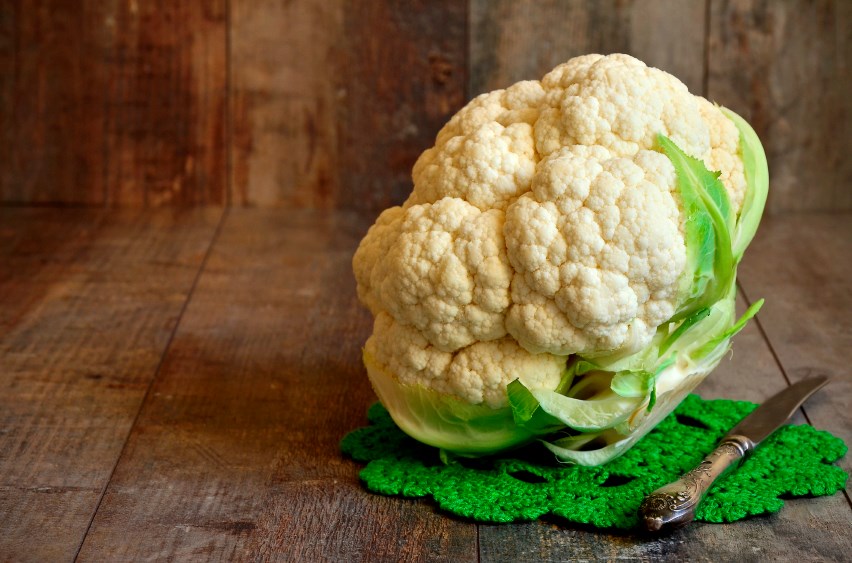Eating local has never been so important, especially when the average meal currently travels 1,200 km from farm to plate. But as the distance food travels increases, so does the need for processing and refrigeration to reduce spoilage.
So why are we looking to places like California to get our food? Especially here in BC, where we have so much growing in our own backyards? At a time when our dollar keeps dropping at a depressing rate, food prices are going up and up.
Enter the cauliflower crisis.
When I asked a fellow Registered Holistic Nutritionist what she thought about the so-called “crisis”, she replied, “It’s simple, just eat another vegetable! Crisis averted!”
According to the BC Farmer’s Market Association, cauliflower isn’t even in season until June (but tons of other delicious things are), so you can bet that it’s coming from a land somewhere far, far away. Also, were you actually worried about, or even looked at cauliflower before the price went up? In a recent article from the Toronto Star, the cauliflower has been described as a symbol for our current fallen currency. It’s a good time to seriously rethink your food choices and be mindful where your food is coming from.
When we buy food locally, we are reducing the usage of fossil fuels, which contribute to air pollution and other negative environmental effects like the over-excessive use of water needed for crops that are being heavily sprayed with fertilizers and pesticides. And of course, buying local helps local farmers and businesses to thrive. Your dollar can actually create a healthy food system, reduce your carbon footprint and help support the local economy.
Eating local means eating foods that are in season, making them fresher and more nutritious. Produce that is picked when it is ripened (and not a minute before) benefits your body with more flavour and nutrients. Fruits and veggies that are exported have to travel a long way to get to our plates. Unfortunately, some companies have found a way to compensate for this.
Let’s take a look at the tomato, for example. According to Thomas F. Pawlick, author of The End of Food, most tomatoes sold in supermarkets are actually picked before they are ripe, just as they begin to turn color. At the time of selling, the green tomatoes are then artificially ripened by a process that involves gassing them with ethylene. This gives the tomato the red colour we all know so well. However, it is not the same as if it were naturally ripened, especially in terms of flavour and texture. Have you ever bit into a bright red tomato that is rock hard? Now you know why. Needless to say, eating more local foods which are fresher can help you avoid the tennis ball-textured tomato.
While it seems that the cauliflower “crisis” has come and gone, you can take this opportunity to expand your palate and look to the BC/Canadian symbol on those veggie stickers, and if you are the kind of person that really needs their out of season veggies like yesterday, I suggest you think ahead and freeze them for those rainy dark Vancouver months, or when they go up to $13/pound, or the apocalypse.
Peppered pear and blue cheese
Ingredients
2 firm-ripe Bosc pears
1 tbsp coarse freshly ground black pepper
2 tbsp unsalted butter
1 tbsp lime juice
1/3 cup blue cheese, crumbled
Fried sage leaves (fried with olive oil at 375F for 3-5 seconds)
Thyme
Directions:
• Halve pears lengthwise and core. Cut pears lengthwise into 1/4-inch-thick slices and sprinkle on both sides with pepper.
• In a large pan, pour 1 tablespoon butter over moderately medium heat until foam subsides and sautéhalf of pear slices on both sides until golden brown, about 3 minutes total. With a spatula transfer sautéed pears to a plate and drizzle with half of lime juice. Sautéand drizzle with remaining pear slices in same way.
• Serve with crumbled blue cheese, sage and thyme.



